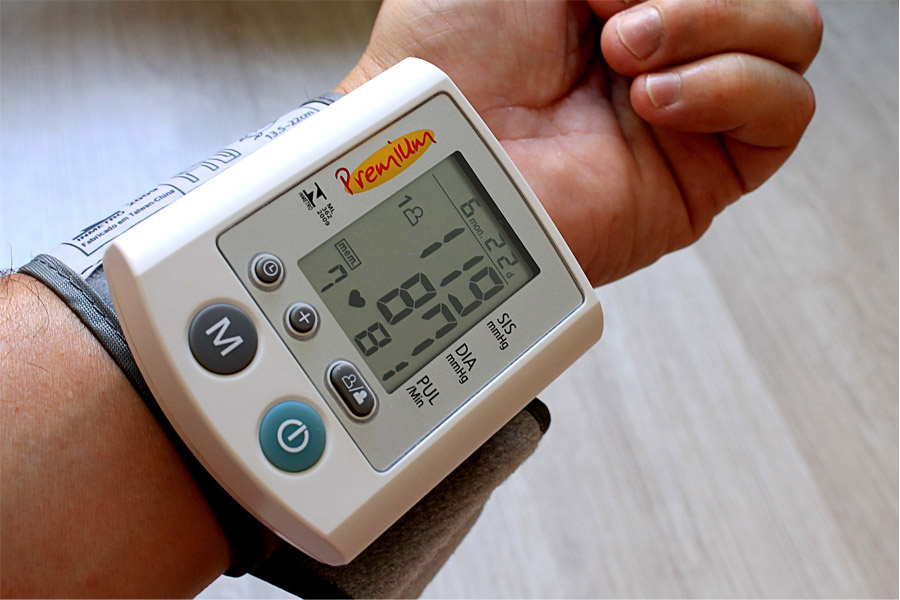60-Second Messages
Buying a Blood Pressure Monitor

What to Look For in a Monitor
A powerful way to learn what's helping, and what's harming your blood pressure is to measure it at key times, and after key events and lifestyle changes.
If you're part of beth.ai's Hypertension Companion program you're going to be asked to make observations, try lifestyle changes and to measure how they're affecting your blood pressure.
You should buy a monitor if you don't have one or if you suspect the one you have is no longer accurate. To find out, check your monitor's readings against those from one at a clinic that you know has been recently calibrated.
It's important that your device gives accurate and consistent readings, so you'll want to buy one that has been clinically validated. Most recognised brands publish details of clinical validation on their web sites.
Devices come in several forms - the most popular are those with cuffs that are applied to the upper arm or wrist. Upper arm devices are generally considered to give more reliable measurements, but unless you wear short or easily-rolled sleeves, wrist devices are more convenient. Wrist devices are perfectly fine if you take care to position your arm correctly.
If you're buying a monitor with an upper-arm cuff, be sure to measure the circumference of your upper arm and make sure that the cuff is the right size.
